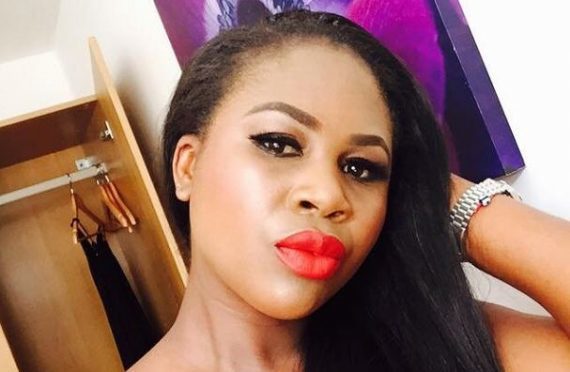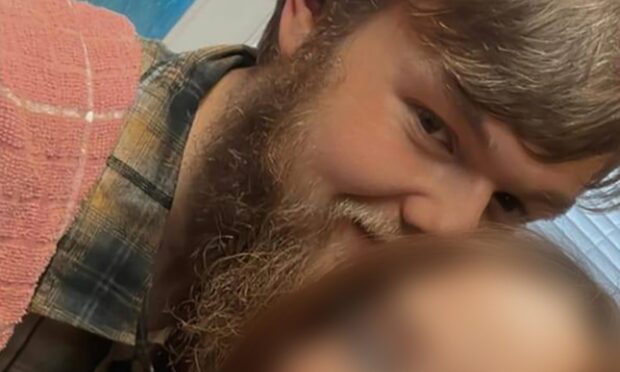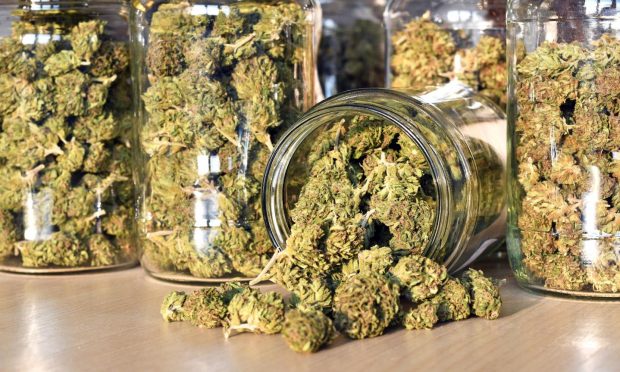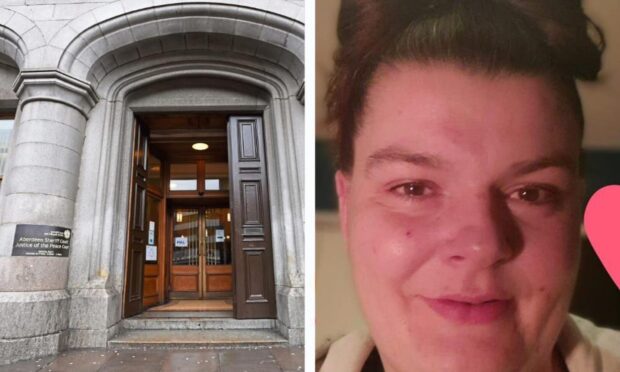An escort found dead in a north-east flat could have been killed by a “sleeper hold”, a court has heard.
Jurors at the High Court in Aberdeen were told yesterday that Jessica McGraa suffered injuries to her jaw, chest and chin before she died on February 11 last year.
Pathologist Dr Matthew Lyall, who carried out the post-mortem examination on the 37-year-old, pointed to mechanical asphyxia as a likely cause of death.
The court heard this would have been a result of “physical interference” such as “smothering” or “strangulation”.
Dr Lyall was giving evidence on the fifth day of the trial against Bala Chinda, who is accused of raping and murdering Miss McGraa at a flat on Union Terrace on February 11.
It is alleged he inflicted blunt force trauma to her head and asphyxiated her before stealing a key and two mobile phones from the sex worker.
He is further accused of disposing his own handset in an attempt to defeat the ends of justice. The 26-year-old denies all the allegations.
Mr Lyall’s report following his examination stated Miss McGraa’s death may have been caused by her neck being compressed by a hand, bedding or a neck hold; or by “external obstruction” of the mouth or nose.
The death may also have been caused by both in combination, he said.
Dr Lyall told jurors he found a number of “recent injuries” on Miss McGraa’s body following her death, including “petechial haemorrhages” on her eyelids and upper and lower lips.
Bruising was found on her upper jaw and on her chin – which the court heard may have been caused by a “sleeper hold”.
Dr Lyall added “blunt force trauma” was the cause of some of the injuries.
His examination also concluded the bruising on either side of the jaw and under the chin “could be explained by gripping or compression”.
When asked by advocate depute, Paul Kearney, if he believed some of the injuries had been inflicted “immediately prior to death”, Dr Lyall answered: “In my view, yes.”
Mr Kearney asked whether a sleeper hold “might explain the injuries to the sides of the jaw”, and have caused pressure to the eyes and lips.
Dr Lyall said this could have been the case, adding doing so would have led to “blocking drainage of blood” from the head.
The court also heard bruising to Miss McGraa’s chin could have been caused by her being “gripped or held by an arm”.
Mr Kearney quizzed Dr Lyall on whether a scarf could be used to “compress the neck” of a person – but “not cause a mark”.
He said it was possible.
Miss McGraa’s half naked body was found with a scarf around her neck. She was also wearing an outdoor coat.
The court also heard evidence from forensic scientist, Joanna Tolmie, who confirmed a DNA profile matching Chinda’s had been identified on Miss McGraa’s private parts.
The trial, before Lord Beckett, continues.











